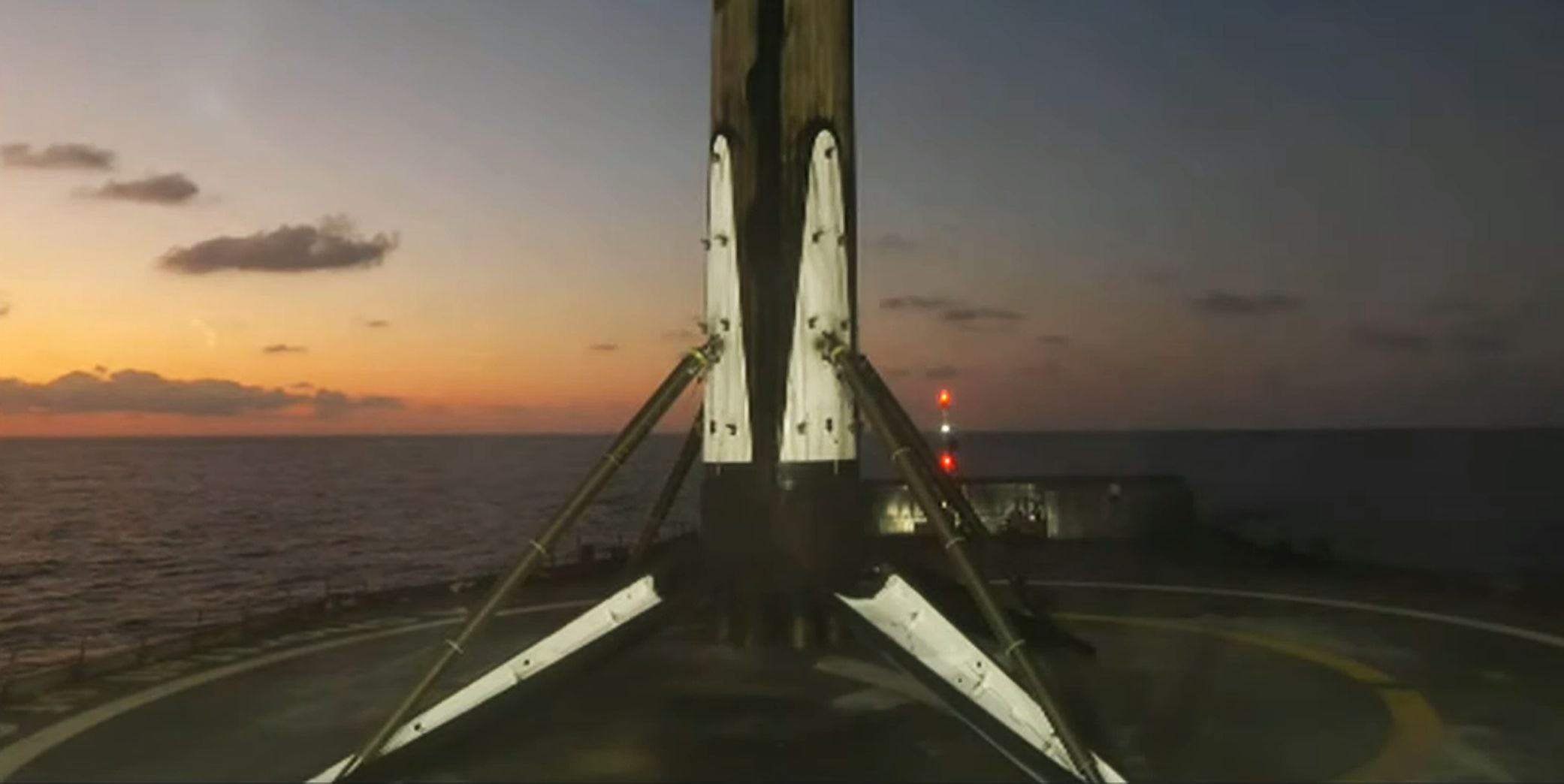
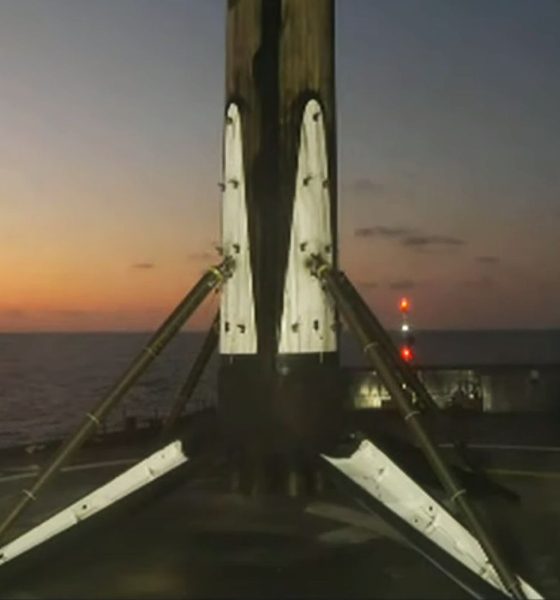
News
SpaceX Falcon rocket aces 100th consecutive rocket landing
SpaceX has successfully launched its first batch of next-generation Starlink V2 satellites, likely kicking off a new era of affordability for the constellation.
Simultaneously, demonstrating just how far SpaceX is ahead of its competitors and the rest of the spacefaring world, the Starlink 6-1 launch culminated in the 100th consecutively successful landing of a Falcon rocket booster. As a result, SpaceX’s landing reliability now rivals the launch reliability of some of the most reliable rockets ever flown. That extraordinary feat bodes well for SpaceX’s next-generation Starship rocket, which is designed to propulsively land humans on the Earth, Moon, Mars, and beyond.
The update that's rolling out to the fleet makes full use of the front and rear steering travel to minimize turning circle. In this case a reduction of 1.6 feet just over the air— Wes (@wmorrill3) April 16, 2024
SpaceX’s landing reliability milestone is made all the more impressive by the lack of immediate competition. More than seven years after SpaceX’s first successful Falcon 9 booster landing and six years after the company’s first successful Falcon booster reuse, Falcon 9 and Falcon Heavy are still the only reusable orbital-class rockets in operation.
Blue Origin has had some success reusing the first stage of its suborbital New Shepard rocket. Rocket Lab has also recovered small Electron rocket boosters from the ocean, but it’s yet to catch a booster with a helicopter – a necessity for cost-effective reuse. Many other companies have announced or begun developing their own partially or fully-reusable rockets. But even in a best-case scenario, the most promising of those potentially competitive rockets are still a year or two from their first launch attempts, let alone their first successful recoveries and reuses.
SpaceX debuted the Falcon 9 rocket behind most of its successful booster recoveries and reuses in June 2010. SpaceX recovered a Falcon 9 booster for the first time in December 2015 and reused a (different) booster for the first time in March 2017. It completed nearly all of that risky development work during launches for paying customers.
Even after the first success, many unsuccessful landing attempts followed as SpaceX pushed the performance envelope and discovered new failure modes. Falcon’s most recent landing failure occurred during a Starlink launch in February 2021 and was caused by a hole in a flexible ‘skirt’ meant to keep Earth’s superheated atmosphere out of the flight-proven booster’s engine section.
However, every landing since Falcon 9’s Starlink-19 landing failure has been successful. On February 27th, 2023, almost exactly two years after that failure, Falcon 9 booster B1076 touched down on one of SpaceX’s three drone ships, marking the rocket family’s 100th consecutively successful landing. Starlink 6-1 was also the Falcon family’s 183rd consecutively successful launch, as a Falcon landing failure has never prevented the completion of a mission’s primary objective.
Launch-wise, Falcon 9 and the Falcon family have already become the most statistically reliable rockets in history. Very few rockets in history have managed 100 consecutively successful launches, let alone landings. For example, according to spaceflight reporter Alejandro Romera, the next most reliable American rocket – the McDonnell Douglas Delta II – narrowly achieved 100 consecutively successful launches before its retirement in 2018. The landing reliability of SpaceX’s Falcon rockets is thus tied with the launch reliability of the most reliable American rocket not built by SpaceX.
Additionally, SpaceX Falcon booster landings are now statistically more reliable than the launches of United Launch Alliance’s much-touted Atlas V rocket, which has (more or less) successfully launched 97 times.
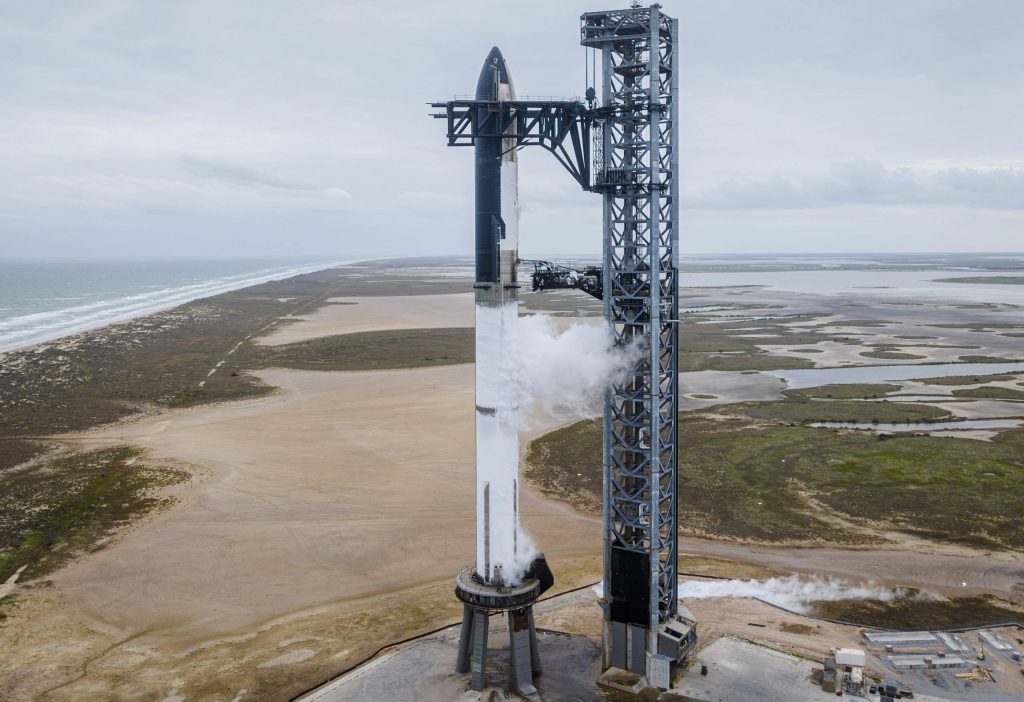
Falcon’s landing reliability is an encouraging sign for SpaceX’s next-generation Starship rocket. For Starship to fully achieve SpaceX’s goals, it will eventually need to be able to propulsively land humans on Earth and at other destinations throughout the solar system. SpaceX currently has no plans no plans to develop an independent crew escape system for Starship, meaning that the rocket itself will instead have to demonstrate extraordinary overall reliability. SpaceX executives have stated that Starship will only be deemed safe enough to launch humans once it has completed “hundreds” of successful launches and, presumably, landings.
Falcon has managed 100 successful landings in a row despite large gaps in redundancy. Most landing burns are conducted with a single Merlin 1D engine. Any issue with that engine would likely result in a failed landing. Falcon boosters also have four landing legs and four grid fins powered by a single hydraulic pump. The failure of that pump or one of four legs have demonstrably doomed earlier landings.
Starship’s much larger size and excess performance could provide a larger margin for error and allow for more redundancy. But Falcon has demonstrated that that even a rocket with multiple glaring single-points-of-failure can achieve 100 consecutively successful landings.

News
Tesla Europe rolls out FSD ride-alongs in the Netherlands’ holiday campaign
The festive event series comes amid Tesla’s ongoing push for regulatory approval of FSD across Europe.
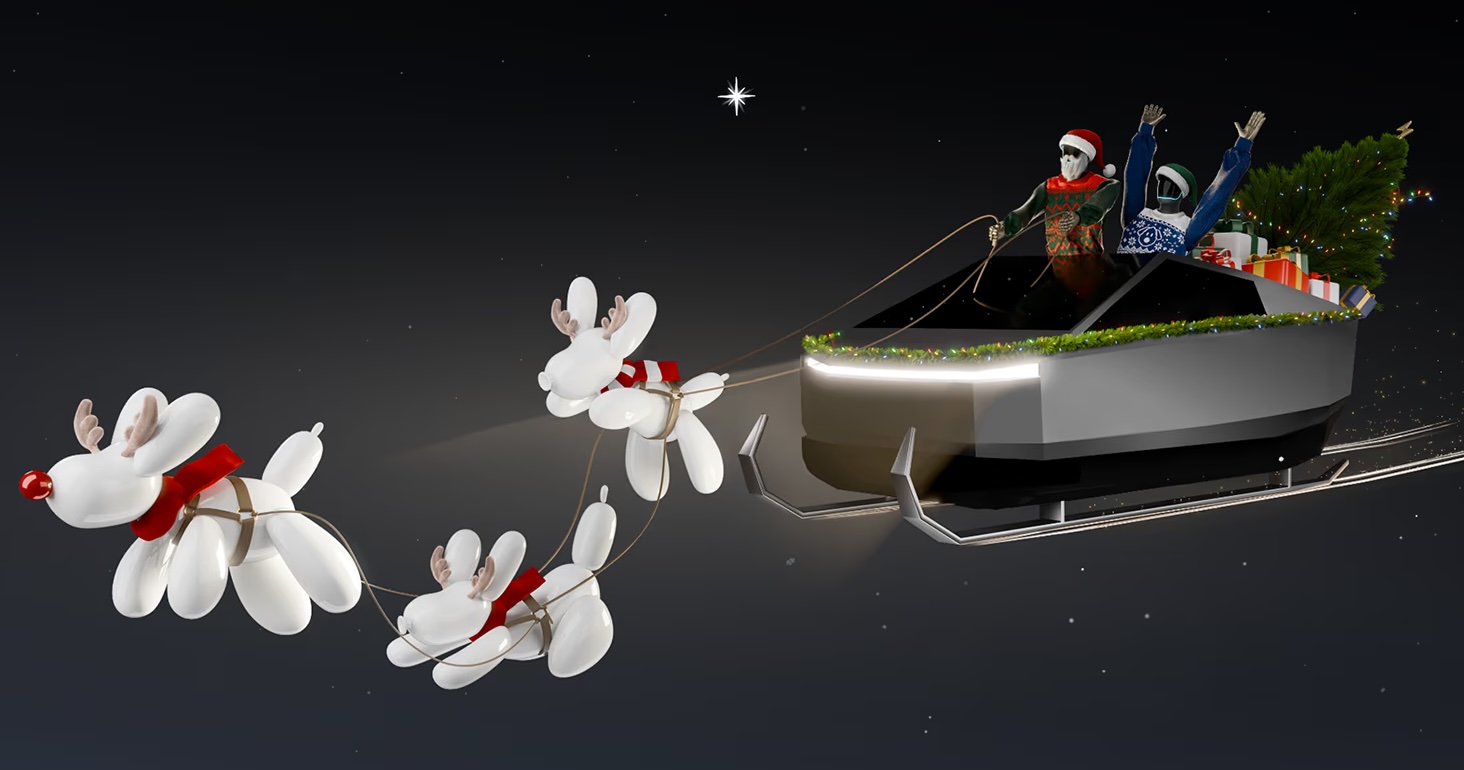
Tesla Europe has announced that its “Future Holidays” campaign will feature Full Self-Driving (Supervised) ride-along experiences in the Netherlands.
The festive event series comes amid Tesla’s ongoing push for regulatory approval of FSD across Europe.
The Holiday program was announced by Tesla Europe & Middle East in a post on X. “Come get in the spirit with us. Featuring Caraoke, FSD Supervised ride-along experiences, holiday light shows with our S3XY lineup & more,” the company wrote in its post on X.
Per the program’s official website, fun activities will include Caraoke sessions and light shows with the S3XY vehicle lineup. It appears that Optimus will also be making an appearance at the events. Tesla even noted that the humanoid robot will be in “full party spirit,” so things might indeed be quite fun.
“This season, we’re introducing you to the fun of the future. Register for our holiday events to meet our robots, see if you can spot the Bot to win prizes, and check out our selection of exclusive merchandise and limited-edition gifts. Discover Tesla activities near you and discover what makes the future so festive,” Tesla wrote on its official website.
This announcement aligns with Tesla’s accelerating FSD efforts in Europe, where supervised ride-alongs could help demonstrate the tech to regulators and customers. The Netherlands, with its urban traffic and progressive EV policies, could serve as an ideal and valuable testing ground for FSD.
Tesla is currently hard at work pushing for the rollout of FSD to several European countries. Tesla has received approval to operate 19 FSD test vehicles on Spain’s roads, though this number could increase as the program develops. As per the Dirección General de Tráfico (DGT), Tesla would be able to operate its FSD fleet on any national route across Spain. Recent job openings also hint at Tesla starting FSD tests in Austria. Apart from this, the company is also holding FSD demonstrations in Germany, France, and Italy.
News
Tesla sees sharp November rebound in China as Model Y demand surges
New data from the China Passenger Car Association (CPCA) shows a 9.95% year-on-year increase and a 40.98% jump month-over-month.
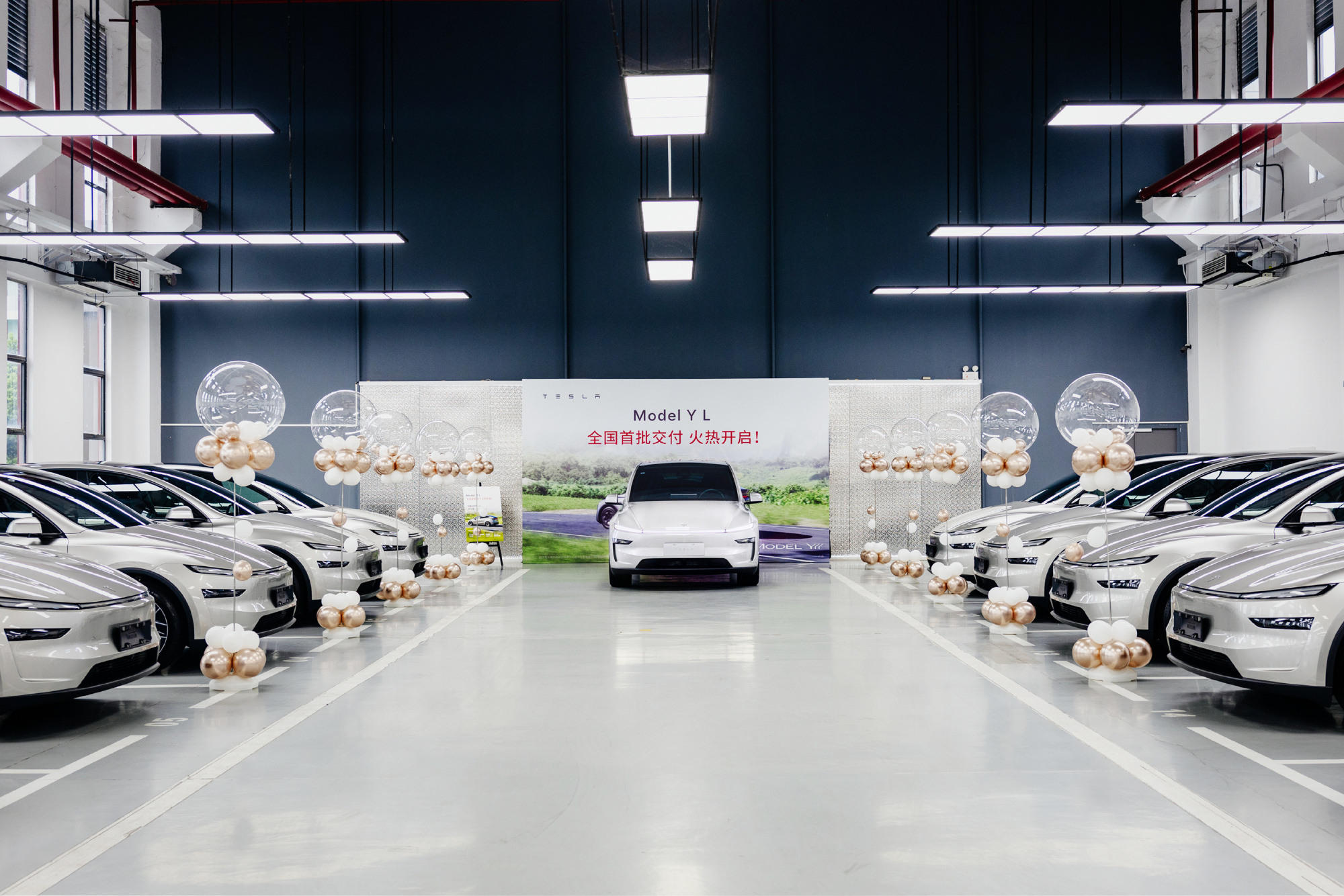
Tesla’s sales momentum in China strengthened in November, with wholesale volumes rising to 86,700 units, reversing a slowdown seen in October.
New data from the China Passenger Car Association (CPCA) shows a 9.95% year-on-year increase and a 40.98% jump month-over-month. This was partly driven by tightened delivery windows, targeted marketing, and buyers moving to secure vehicles before changes to national purchase tax incentives take effect.
Tesla’s November rebound coincided with a noticeable spike in Model Y interest across China. Delivery wait times extended multiple times over the month, jumping from an initial 2–5 weeks to estimated handovers in January and February 2026 for most five-seat variants. Only the six-seat Model Y L kept its 4–8 week estimated delivery timeframe.
The company amplified these delivery updates across its Chinese social media channels, urging buyers to lock in orders early to secure 2025 delivery slots and preserve eligibility for current purchase tax incentives, as noted in a CNEV Post report. Tesla also highlighted that new inventory-built Model Y units were available for customers seeking guaranteed handovers before December 31.
This combination of urgency marketing and genuine supply-demand pressure seemed to have helped boost November’s volumes, stabilizing what had been a year marked by several months of year-over-year declines.
For the January–November period, Tesla China recorded 754,561 wholesale units, an 8.30% decline compared to the same period last year. The company’s Shanghai Gigafactory continues to operate as both a domestic production base and a major global export hub, building the Model 3 and Model Y for markets across Asia, Europe, and the Middle East, among other territories.
Investor's Corner
Tesla bear gets blunt with beliefs over company valuation

Tesla bear Michael Burry got blunt with his beliefs over the company’s valuation, which he called “ridiculously overvalued” in a newsletter to subscribers this past weekend.
“Tesla’s market capitalization is ridiculously overvalued today and has been for a good long time,” Burry, who was the inspiration for the movie The Big Short, and was portrayed by Christian Bale.
Burry went on to say, “As an aside, the Elon cult was all-in on electric cars until competition showed up, then all-in on autonomous driving until competition showed up, and now is all-in on robots — until competition shows up.”
Tesla bear Michael Burry ditches bet against $TSLA, says ‘media inflated’ the situation
For a long time, Burry has been skeptical of Tesla, its stock, and its CEO, Elon Musk, even placing a $530 million bet against shares several years ago. Eventually, Burry’s short position extended to other supporters of the company, including ARK Invest.
Tesla has long drawn skepticism from investors and more traditional analysts, who believe its valuation is overblown. However, the company is not traded as a traditional stock, something that other Wall Street firms have recognized.
While many believe the company has some serious pull as an automaker, an identity that helped it reach the valuation it has, Tesla has more than transformed into a robotics, AI, and self-driving play, pulling itself into the realm of some of the most recognizable stocks in tech.
Burry’s Scion Asset Management has put its money where its mouth is against Tesla stock on several occasions, but the firm has not yielded positive results, as shares have increased in value since 2020 by over 115 percent. The firm closed in May.
In 2020, it launched its short position, but by October 2021, it had ditched that position.
Tesla has had a tumultuous year on Wall Street, dipping significantly to around the $220 mark at one point. However, it rebounded significantly in September, climbing back up to the $400 region, as it currently trades at around $430.
It closed at $430.14 on Monday.









